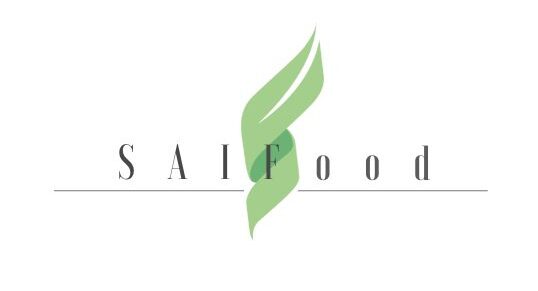Recently, my husband and I were crunching the numbers to decide whether or not we should purchase more land to expand our grain farm in West Central Saskatchewan. There are many things that factor into a decision to purchase land, including interest rates, land quality, proximity to your farm, capability to farm more land, and market conditions. We would not be considered a big farm by Prairie standards, but we definitely have aspirations of growing our current operation. The biggest question we keep coming back to, however, is at what purchase price will we be able to make our mortgage payments? Compared to the land we purchased only six years ago, prices have risen significantly. In this blog, I’ll discuss recent trends in Canadian and Saskatchewan land prices and what this means for Prairie farmers like us.
Recent Trends in Land Prices
According to Farm Credit Canada’s most recent Farmland Values Report, the average value of cultivated land in Canada increased by 11.5% in 2023, which is just below the 2022 average of a 12.8% increase. Saskatchewan saw the highest increase in cultivated land values of 15.7%. The mid-year report for 2024 reported a further national 5.5% increase in land values and for Saskatchewan specifically, an increase of 7.4% by the end of June 2024.
The dry Prairie conditions in recent years have led to lower-profit margins for many farmers. However, the drop in revenues has not seemed to curb the demand for the limited supply of farmland available in Saskatchewan. While this is great news for those farmers nearing the end of their career and looking to cash in on their existing farmland, it is challenging for those of us at the start of our farming careers to keep up with the rapidly rising land values.
To put these values into context, the average price per acre of non-irrigated farmland in Saskatchewan in 2023 ranged from $2,500-$3,600. A typical quarter section of farmland is 160 acres. Simple multiplication results in the average price of a quarter section of Saskatchewan farmland ranging from $400,000 – $576,000. If someone was looking to purchase a whole section, or approximately 640 acres, the average price they would be looking at paying could range from $1.6 – $2.3 million. Of course, land values are roughly correlated to their productive capacity, which depends on many factors such as climate and soil type. Land values in the Southwest region of the province, where moisture is most limited and soil organic matter levels are low, are typically lower than those in the northern or West Central regions with higher potential for crop production.
Shrinking Profit Margins
Unfortunately for active farmers, grain prices have not been increasing at the same rate as farmland prices, meaning that you may face shrinking profit-margins as you expand your farm. Unlike land prices, grain prices are volatile and depend heavily on external factors such as global supply and demand, trade disputes, and supply chain costs (i.e. fuel, transportation, processing). In average to below-average crop years, farmers are looking at potentially losing money on land that they have purchased at high prices. This can mean relying on previously purchased or rented land to help cover the difference in what you may be losing on newly purchased acres. The combination of these factors means that purchasing farmland is a risky investment.
If Purchasing is So Risky, Why is Demand so High?
As a reader, you may be thinking: wow, that’s a lot of money to invest in something that may not even pay for itself in some farming years! So why is demand so high? Despite the exorbitant price increases, supply cannot keep up with demand for land. Probably the most important reason is the finite nature of agricultural land. There is no way to make more land, and at the rate that urban areas are expanding, we are actually losing more farmland every year. As a farmer planning for the future, and perhaps for future generations, you may choose to purchase when the opportunity presents itself. In all likelihood, that land will never be available again, and who knows when another opportunity to purchase will come along. Larger farms may have a greater ability to pay higher land prices, as they have more existing land base on which to grow crops to help cover the payments in years when the purchased acres do not pay for themselves. The increase in non-farmer investors purchasing farmland also leaves less land available for farmers to own.
What Does This Mean for Farmers?
The staggering increase in land prices is both good news and bad news for farmers in the industry. With no indication that the uptrend in land prices will level out soon, land purchased today will almost certainly be worth much more in the future. This guarantees a sizeable return on investment for those who are able to purchase right now. Furthermore, older farmers with existing land bases are in a great position heading into retirement, whether they choose to sell or rent their land.
On the flipside, the current state of the market means that young or small farmers are in tough shape if they are hoping to expand their farm through land ownership. Staying competitive in the industry may require off-farm income sources, relying on rented land, breaking into niche markets, or support from family or neighbours who want to see your farm succeed. Regardless of what side of the coin your farm falls on, it goes without saying that changes to farmland markets have had major impacts on the state of the Prairie agriculture industry.



